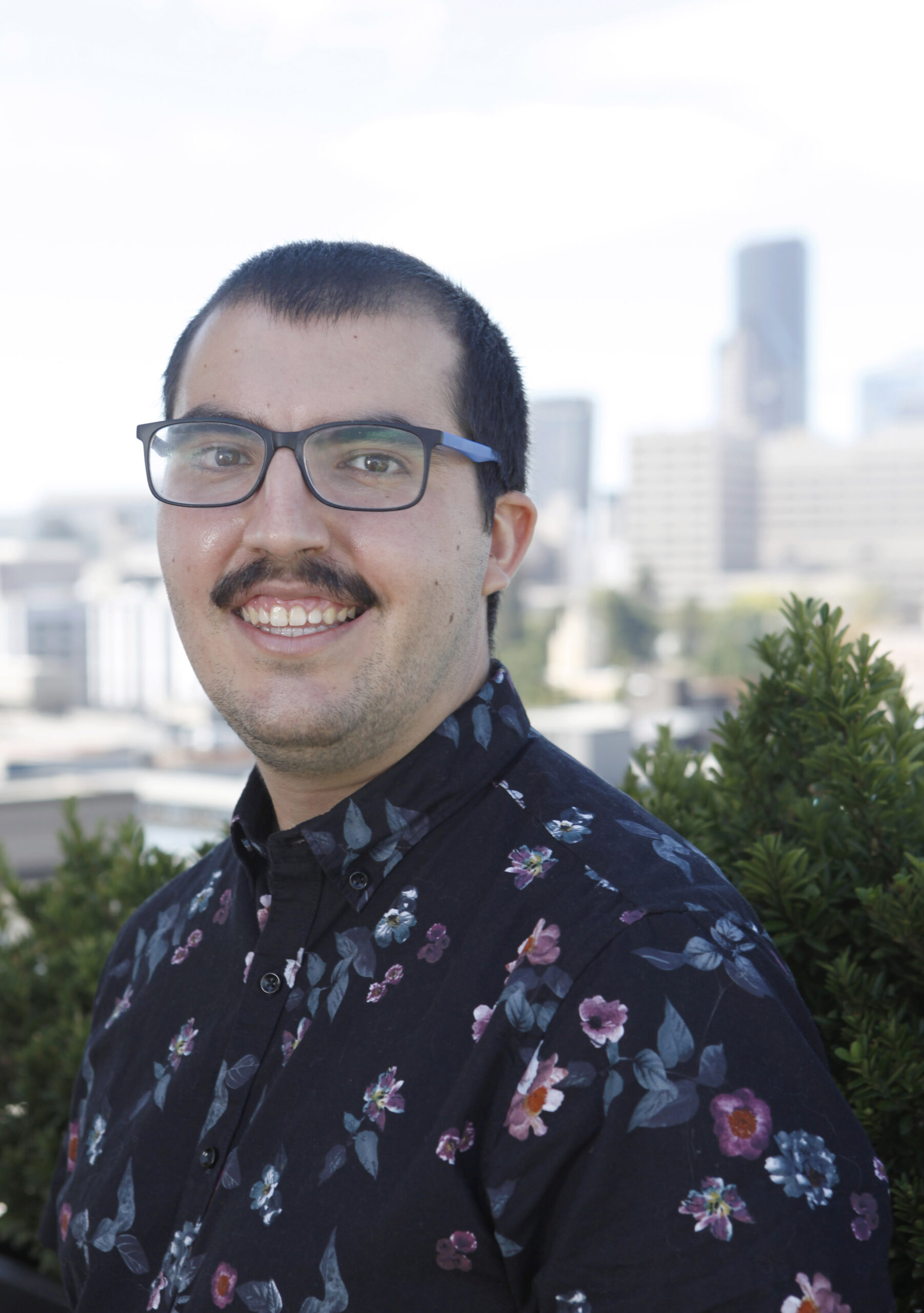Janice McGeachin’s four years as Idaho’s lieutenant governor were fraught with controversy. In what Governor Brad Little called an “abuse of power,” McGeachin on two occasions issued wide-ranging executive orders while the governor was temporarily out of state. She also spoke at a conference hosted by a white nationalist who called for “total Aryan victory.” And when McGeachin violated the Idaho Public Records Act, a judge quipped that she “would stop at nothing, no matter how misguided, to shield public records from the public.”
But though Republican McGeachin won the office in 2018 in a state that had not elected a Democrat to statewide office in 16 years, she was not even the first choice of most Republican voters. Of about 177,000 votes cast in the May 2018 Republican primary, just 51,000 voters—less than a third—picked McGeachin. Four other candidates split the remainder, putting McGeachin on top with only a plurality (more votes than anyone else but less than 50 percent). In other words, a majority of primary voters chose someone other than Janice McGeachin.

The very possibility of plurality winner elections conflicts with the concept of majority rule, a core tenet of democracy. Winners lacking majority support (like McGeachin) are not the norm in Idaho but they are not uncommon. A Sightline study of Idaho elections from 2012 to 2022 found that 11 percent of Republican primaries for statewide executive offices such as governor and attorney general produced a primary winner who earned only a plurality of votes, not a majority.
The very possibility of plurality winner elections conflicts with the concept of majority rule, a core tenet of democracy.

Idaho’s primaries amplify the risk of a plurality winner in a race with three or more candidates. Closed partisan primaries attract low turnout, skewing toward the preferences of party diehards. Candidates can campaign on inflammatory ideas or personal attacks to stand out in a crowded field, emphasizing intraparty divisions and splitting the electorate. And even though independent and minority party voters pay for primary elections with their taxes, they are excluded from the process.1
A recent gubernatorial race highlights the potential for the plurality winner problem to spill over into general election contests even in deep red Idaho. In 2022 independent candidate Ammon Bundy received the highest vote share of any candidate outside the two major parties in nearly a century. Under the current pick-one voting system, a strong independent candidate like Bundy could split the statewide vote, and someone who fails to represent most voters’ values could be elected into office.
Other states, including Alaska, Georgia, Maine, and Mississippi, have implemented systems that guarantee majority-winner elections. A measure on November’s ballot would do the same in Idaho.
Plurality winners by the numbers
A new Sightline study examined more than 1,700 Idaho primary and general elections from 2012 to 2022. The data included results for governor, lieutenant governor, attorney general, secretary of state, state controller, state treasurer, and superintendent of public instruction, along with senators and representatives at the state and federal levels. Altogether, the inquiry covered 1,748 races (667 general elections and 1,081 partisan primaries) over the decade. It revealed that:
- In 91 percent of races, only one or two candidates ran for election, guaranteeing a majority winner.
- Congressional and statewide executive elections were more likely than elections for legislative offices to attract a field of three or more candidates.
- Overall, 11 percent of statewide executive races and 3 percent of state legislative races produced a plurality winner.
- At the statewide and congressional levels, every instance of a plurality winner occurred in the Republican primaries.
Because the Republican Party dominates most general elections in Idaho, competitive elections play out mainly within Republican primaries. Plurality winners have emerged in several consequential and high-profile races, including then-Lieutenant Governor Brad Little’s 37 percent win in the 2018 gubernatorial primary and Secretary of State Phil McGrane’s 43 percent victory in a 2022 field that included two candidates who refused to accept the results of the 2020 presidential election.
Closed primaries create division and shut taxpayers out
In 2018, when Janice McGeachin won the Republican primary for lieutenant governor, only a slim fraction of Idahoans had a say in her nomination. About 50 percent of voters were registered Republicans, but turnout was low; all told, only 22 percent of registered voters cast ballots in the race. And it was only 6 percent of registered voters who crowned McGeachin as the party’s candidate for the general election which, as the Republican nominee in a Republican supermajority state, she was almost certain to win.
Bombastic personalities like McGeachin’s are advantageous in crowded primary fields. Pick-one voting encourages candidates to tear down competitors, even those with similar policy platforms. Campaigns can focus on personal attacks and inflammatory rhetoric rather than policy or common goals so that candidates can stand out from the competition. And primary candidates do not have to fight for the attention of all voters in the state (at least not until the general election).
Voters who turn out for primaries are not necessarily representative of the state—or even the party. Incendiary remarks can light a fire under the most die-hard partisans to coalesce around a divisive candidate at the polls. Candidates who focus on “boring” policy issues may fail to stoke the same passions, even if they better reflect voters’ preferences. And out-of-state entities can boost little-known primary challengers to punish or exert pressure on competent lawmakers.
Once the primaries are over, most general elections in Idaho are not competitive. As of 2024, Republicans have won every gubernatorial election over the past 30 years by at least 8 percentage points. Candidates chosen in the state’s Republican primaries are almost always the favorites to win general elections, giving independent and minor-party voters little say in election outcomes, as the party’s primaries have been available only to registered Republicans since 2011.
But political independents, who account for more than a quarter of Idaho voters as of October 2024, pay for primaries with their taxes, as do Democrats and members of smaller parties. The closed primary process limits the influence and choice of all non-Republican voters and puts the Republican Party at risk of nominating unpopular candidates.
Research indicates that plurality winners perform worse in the general than candidates who win majority support of their party in the primary. A working paper on congressional races between 2012 and 2022 demonstrates that plurality primary winners performed 1.5 percentage points worse in the general election than the district’s overall partisanship. (So, in a 53 percent Republican district, a plurality primary winner would receive only 51.5 percent of the total vote.)
Idaho general elections are not usually close enough for 1.5 points to make a difference, but that may not always be the case.
In future general elections, independents and third parties could change the game
In Idaho’s 2022 gubernatorial election, incumbent Republican governor Brad Little swept away the competition with more than 60 percent of the vote. But anti-government activist Ammon Bundy, running as an independent, proved popular with nearly 102,000 Idahoans. Bundy won 17 percent of the vote overall, just under Democratic nominee Stephen Heidt, who garnered 20 percent.
However, if Heidt had performed as well as the Democrats’ last two nominees for governor (who each won about 38 percent), leaving Little and Bundy to divide the remaining 62 percent, Idaho could have elected a Democratic governor for the first time since 1990—against the conservative leanings of most voters. In a three-person race, the victor might need only 34 percent support to pull off a plurality win. In other words, under the current pick-one voting system, one high-profile independent candidate could completely change the state’s governing dynamics.
The opposite was nearly the case in Oregon, where voters haven’t elected a Republican governor since 1982. In the 2022 gubernatorial election, Democratic nominee Tina Kotek faced independent Betsy Johnson, a former Democrat who appealed to many of the state’s left-leaning voters, and Republican Christine Drazan. Kotek ultimately prevailed over her Republican opponent by about 3.5 percent, but Johnson won more than 8 percent of the popular vote. Had Johnson drawn a little more support from disaffected liberals, the Republican would have gone on to win the office, even though more voters preferred the other candidates.
Idaho can avoid these election distortions
Without adjustments to Idaho’s election systems, the state’s plurality winner problem will persist. But other states have developed solutions to ensure that key offices are elected with majority support.
Alabama, Arkansas, and five other states require primary winners to reach a threshold of the vote (usually 50 percent); otherwise, a second runoff election is held between the top two candidates. Georgia and Mississippi also hold delayed runoffs if no candidate manages to clear the 50 percent mark in the general election. And Alaska and Maine use instant runoffs in which voters indicate their second- and third-choice candidates so that officials can conduct a runoff without the costs of holding a second election. A measure presented to voters on the 2024 ballot would initiate a similar system.
Proposition 1 would establish top-four open primaries for elected offices such as governor, congressional races, and state legislators. All candidates would run on one ballot, regardless of party, and the primary would welcome all voters, just like the general election. The top four vote-getters would move on to the general election, which would employ instant runoff voting to ensure that the winner receives a majority of the vote. The system would solve the issue of plurality winners in crowded races and allow all Idahoans to weigh in on primary elections, which would likely lead to higher voter turnout and a candidate pool that more closely reflects the values of the voters.
Take for example Idaho’s 2018 primary election for lieutenant governor. Rounding to the nearest thousand, Janice McGeachin won the Republican primary with 51,000 votes, followed by Steve Yates with 48,000 and Marv Hagedorn with 27,000. On the Democratic side, Kristen Collum won the Democratic primary with 52,000 votes over Jim Fabe’s 7,000.
If all votes had been cast the same way in a top-four primary with instant runoff voting, Democrat Kristen Collum would have advanced to the general election alongside McGeachin, Yates, and Hagedorn (all Republicans). Voters would have been able to pick their preference without fear of “spoiling” the vote, and a Republican who was closer to a consensus choice than McGeachin, such as Yates, might well have prevailed, though it’s impossible to know.
What’s more, the primary likely would have attracted more voters and a more varied field of candidates, and more accurately represented the preferences of the state overall.
In Idaho, the plurality winner problem is mostly contained to low-turnout Republican primaries, which encourage negative campaigning and exclude independent and minor-party taxpayers. But races for powerful offices such as governor are most likely to draw a crowded primary field and produce a winner without majority support—a problem that could eventually impact general elections as well. If Alaska and other states are guides, the switch to a majority-winner system would place more campaign focus on appealing platforms and consensus-building and less on targeting the most die-hard of partisan voters.












